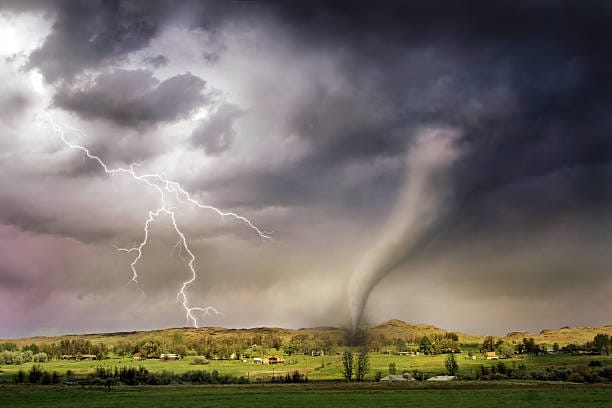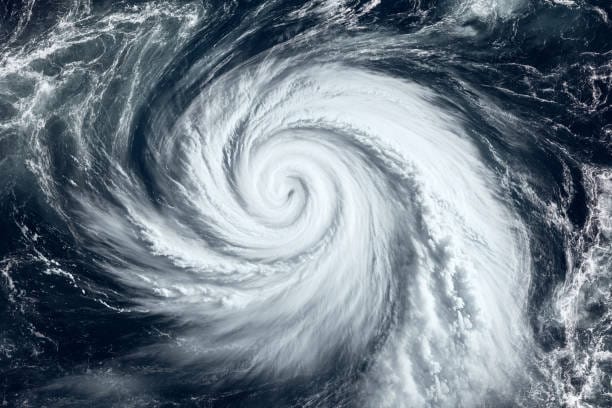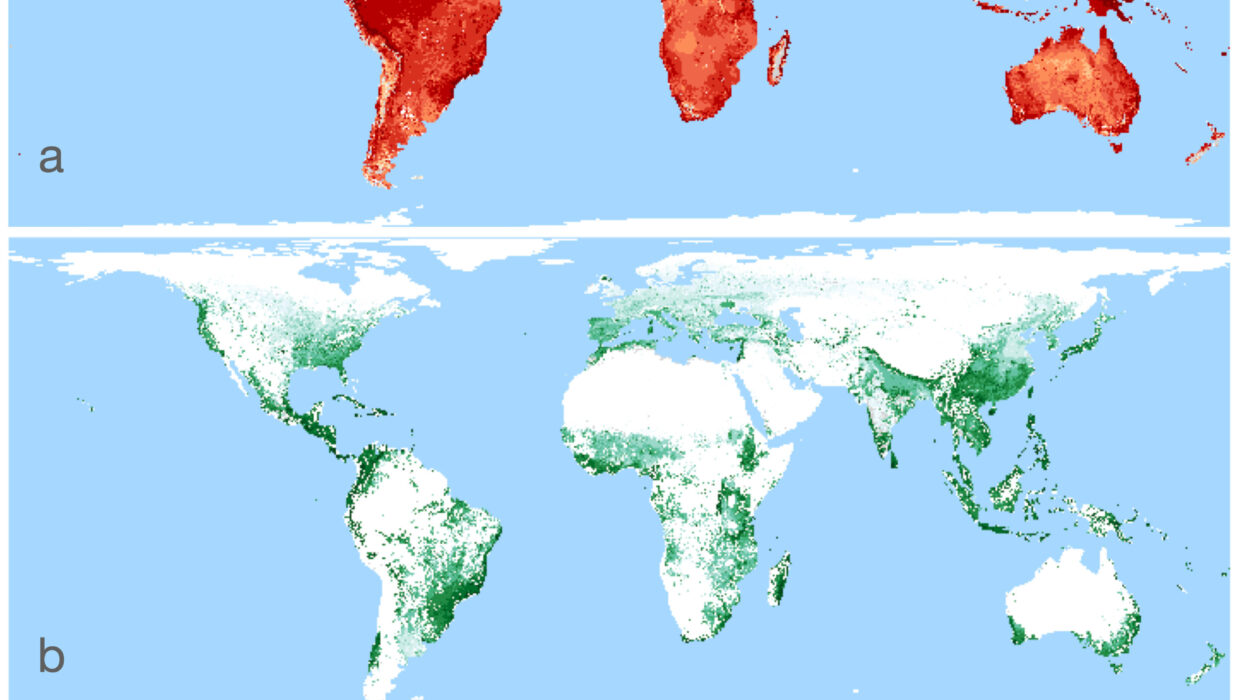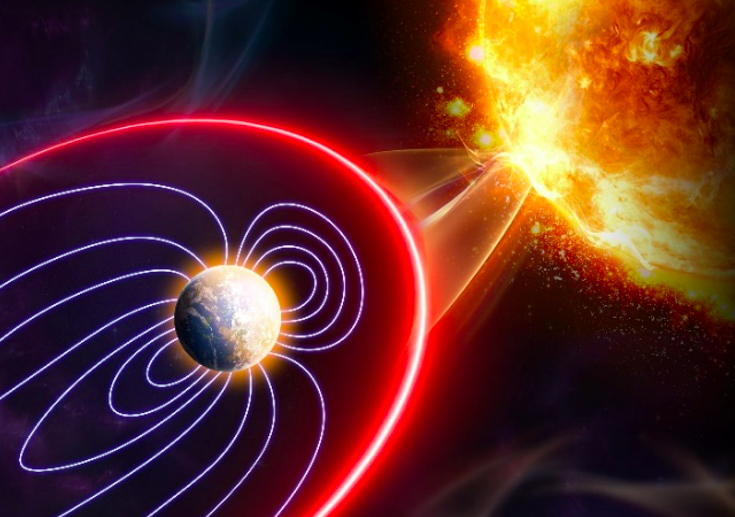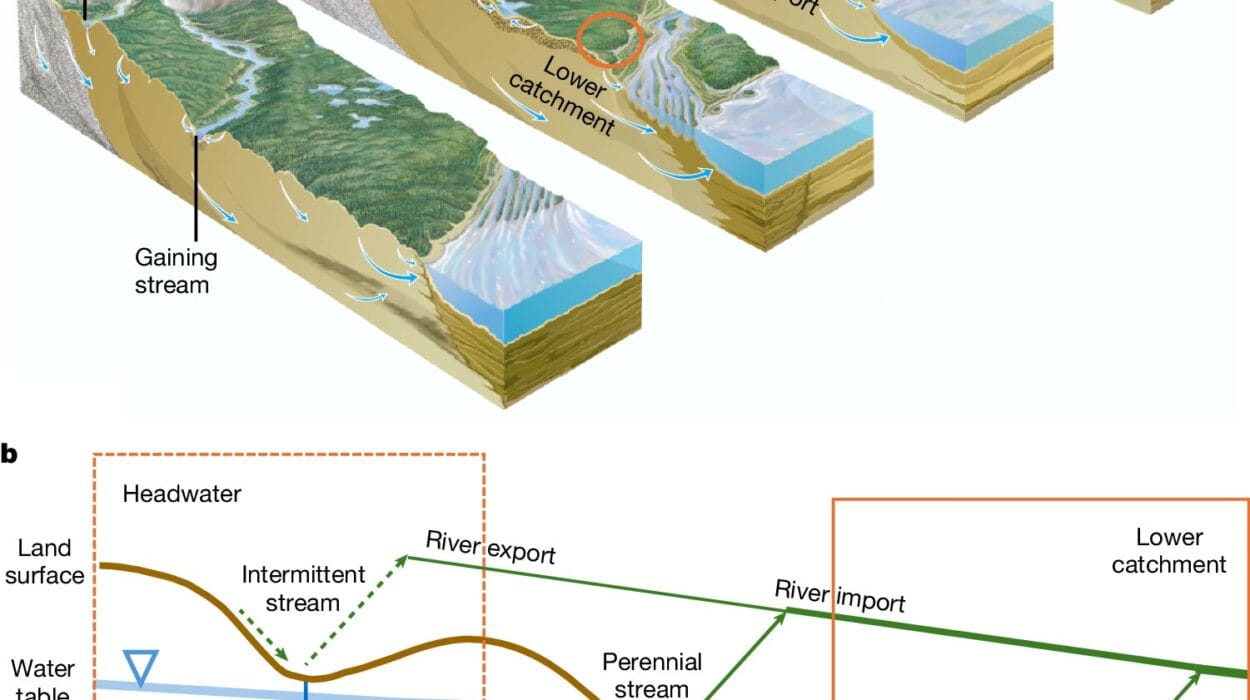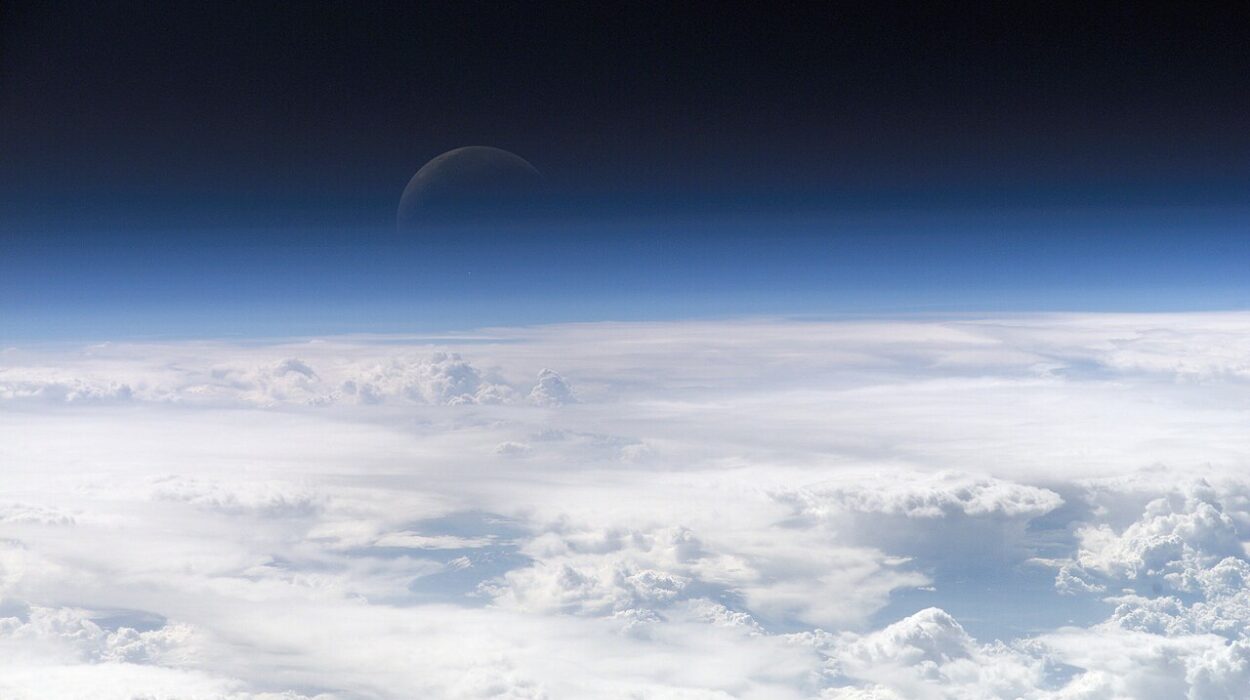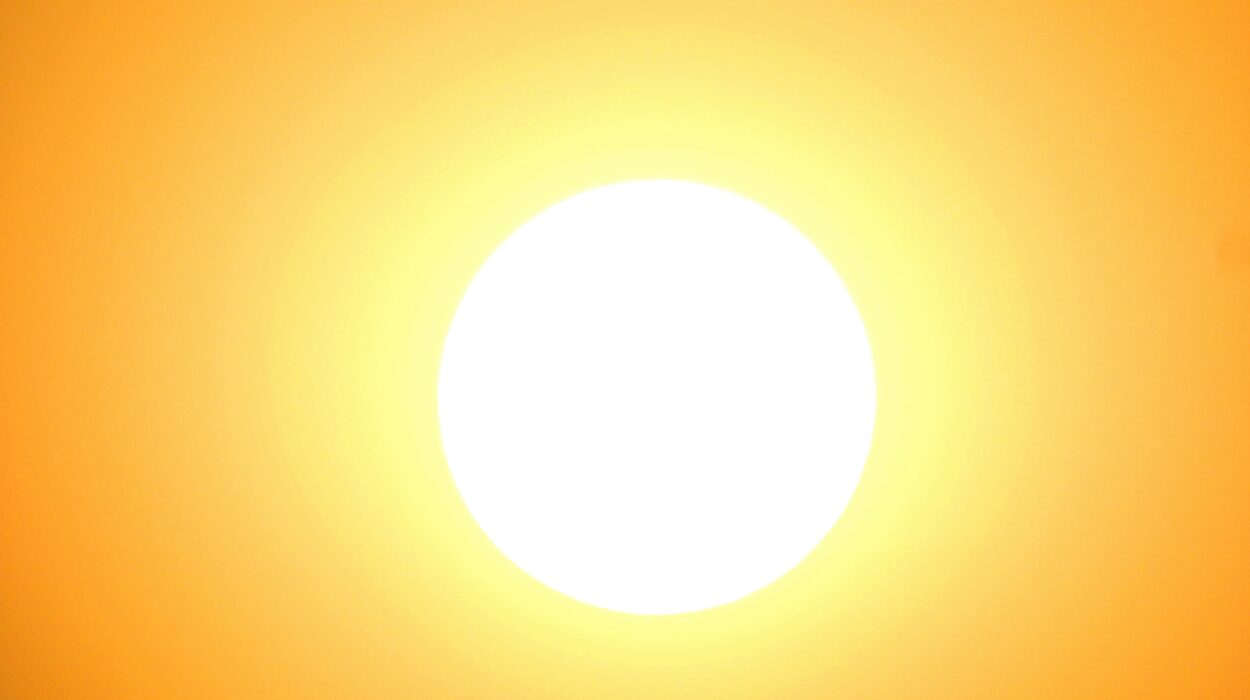The story of a tornado begins long before the spinning funnel ever touches the ground. It starts quietly, with shifting winds high above and invisible boundaries between masses of air that could not be more different. In one corner of the sky, warm, moisture-laden air from tropical seas surges northward, heavy with the scent of water and heat. In the other, cold, dry air spills down from the north, sharp and biting, like an advancing army of winter. When these two air masses meet, they do not blend peacefully; they clash, creating a turbulent battleground in the atmosphere.
This invisible war is the birthplace of some of the planet’s most powerful storms. In certain conditions, the clash is so intense that it gives rise to towering thunderstorms called supercells — colossal, rotating tempests that can climb more than 60,000 feet into the sky. And within the heart of these supercells, under the right — or perhaps wrong — conditions, a tornado can be born.
What a Tornado Truly Is
A tornado is more than just a column of violently rotating air. It is a phenomenon that condenses the full, chaotic power of the atmosphere into a single, spinning core. The air inside spins at speeds that can exceed 300 miles per hour, enough to rip houses from their foundations, toss vehicles like toys, and strip bark from trees. Yet the tornado itself is invisible at first, its winds only revealed when they pick up dust, debris, and moisture. It is only when water vapor condenses into a funnel cloud, stretching from the dark underbelly of the storm toward the ground, that the world can see the danger coming.
From a scientific standpoint, a tornado is a violently rotating column of air extending between a cloud base — usually that of a cumulonimbus — and the Earth’s surface. It is connected to a region of intense low pressure, where the spinning motion is sustained by the energy of the storm. What makes tornadoes unique is not just their destructive capacity but their scale: they are relatively small compared to hurricanes or winter storms, often just a few hundred meters wide. And yet, in their concentrated fury, they can outmatch nearly any other weather event in raw intensity.
The Anatomy of a Tornado
To understand a tornado’s power, it helps to explore its structure. At the top, connected to the parent thunderstorm, lies the mesocyclone — a large, rotating updraft of air that serves as the tornado’s engine. This mesocyclone is born when winds at different heights blow at different speeds or directions, creating wind shear. The shear causes air to roll horizontally, like an invisible tube in the atmosphere. When powerful updrafts tilt this tube vertically, rotation becomes part of the storm itself.
As the mesocyclone intensifies, the rotation tightens — like a figure skater pulling in her arms to spin faster — and the low pressure at its core drops. In some cases, this rotation reaches the ground as a tornado. The visible funnel is composed of water droplets condensed by the low pressure, and it often contains dirt and debris drawn in from the surface.
Around the core lies the most dangerous region — the suction vortices. These are smaller, faster-spinning whirls within the main tornado, capable of producing pockets of catastrophic damage. In some cases, multiple vortices dance around each other in a terrifying ballet, leaving distinct patterns of destruction in their wake.
Birth of the Twister
Tornado genesis — the process by which a tornado forms — is still not fully understood, despite decades of research. Scientists know the key ingredients: warm, moist air near the surface; cold, dry air aloft; strong wind shear; and a source of lift, such as a frontal boundary. But why one supercell produces a tornado while another does not remains a question that drives meteorologists into the field, chasing storms in search of clues.
When conditions align, the thunderstorm’s updraft begins to rotate. Downdrafts — columns of sinking air within the storm — can play a critical role by helping to tighten and focus this rotation near the surface. The rear-flank downdraft, wrapping around the mesocyclone, often clears out rain and reveals the developing funnel to those watching from a distance. Then, almost as if the atmosphere flips a hidden switch, the funnel descends. It twists downward in a slow, graceful motion that belies the violence it holds, touching the ground in a moment that can turn serene plains into scenes of devastation.
Life Cycle: From Birth to Dissipation
Tornadoes do not last forever, though to those caught in their path, the minutes can feel endless. Some tornadoes survive only for seconds, while the most violent can persist for over an hour, carving paths dozens of miles long. Their life cycle typically unfolds in stages: formation, maturity, and dissipation.
In the mature stage, the tornado is at its most dangerous. The funnel may grow wide, sometimes over a mile across, and the winds reach their peak. In some cases, the tornado takes on a wedge shape, so wide at the base that it appears more like a wall of rotating cloud than a classic funnel. The roar, often compared to a freight train, drowns out all else, and debris fills the air like a deadly cloud.
Eventually, the balance of forces that sustains the tornado breaks down. The inflow of warm air may weaken, or the downdrafts may choke off the circulation. The funnel thins into a rope-like shape, twisting and curling before it vanishes into the clouds. Even as it fades, the damage left behind remains — a grim reminder of the storm’s passing.
The Human Experience of a Tornado
For those who have lived through a tornado, the memories are seared into the mind. The sky takes on strange colors — sickly greens, deep purples — as the storm approaches. The air grows heavy, charged with electricity, and an eerie stillness settles, as if the world is holding its breath. Then comes the sound: a low rumble that builds into an overwhelming roar.
Survivors often speak of the surreal nature of tornado damage. One house may be reduced to splinters while its neighbor remains untouched. A straw can be driven into a wooden post by the sheer force of the winds. Cars are flipped, steel beams are twisted like ribbon, and trees are stripped bare. And in the midst of it all, small, improbable details stand out — a set table left undisturbed in the middle of a shattered kitchen, a photograph fluttering down from the sky miles from where it was taken.
The emotional toll is immense. Communities can be ripped apart not just physically but emotionally, as homes, livelihoods, and sometimes entire neighborhoods are erased in minutes. And yet, time and again, people rebuild. Tornadoes test the resilience of the human spirit as much as they test the strength of buildings.
Measuring the Fury
To describe the strength of a tornado, meteorologists use the Enhanced Fujita (EF) scale, which ranks tornadoes from EF0 to EF5 based on the damage they cause. An EF0 might peel shingles from roofs and break small branches, while an EF5 can obliterate well-built homes and hurl objects hundreds of yards. The scale is imperfect — it estimates wind speed based on destruction rather than direct measurement — but it offers a framework for understanding the range of tornado intensity.
The most violent tornadoes are rare, but their impact is disproportionate. While the majority of tornadoes are weak and short-lived, EF4 and EF5 tornadoes account for the greatest loss of life and property. Their winds can exceed 200 miles per hour, turning ordinary objects into deadly missiles.
Tornado Alley and Beyond
In the United States, the central plains have earned the nickname “Tornado Alley” for their frequent and often violent storms. Here, geography conspires to create perfect tornado-breeding conditions: warm, moist air from the Gulf of Mexico flows northward, cold air spills down from Canada, and dry air slides east from the Rockies. The collision zone between these air masses becomes a laboratory for nature’s wildest experiments.
But tornadoes are not confined to Tornado Alley. They have been recorded in every U.S. state, and they occur on every continent except Antarctica. In Bangladesh, for example, tornadoes have caused devastating loss of life, sometimes surpassing even the worst American disasters. In parts of Europe, South America, and Australia, tornadoes spin up under different but equally fascinating conditions.
Science in the Storm: The Work of Tornado Researchers
To understand tornadoes is to chase them — literally. Storm chasers, both scientists and passionate amateurs, venture into the path of supercells armed with radar trucks, drones, and high-speed cameras. They gather data on wind speeds, pressure drops, and storm structure, seeking to unlock the mysteries of tornado formation. These efforts are not without risk; many chasers have found themselves too close to the monster they pursued, and some have paid with their lives.
The insights gained from such research have led to improved forecasting. Doppler radar can now detect the rotation in storms that precedes tornado development, giving forecasters precious minutes to issue warnings. Mobile radar units can scan a tornado from close range, revealing details of its wind field and structure that were once unimaginable. And yet, even with these advances, predicting the exact moment and place of tornado formation remains one of meteorology’s greatest challenges.
